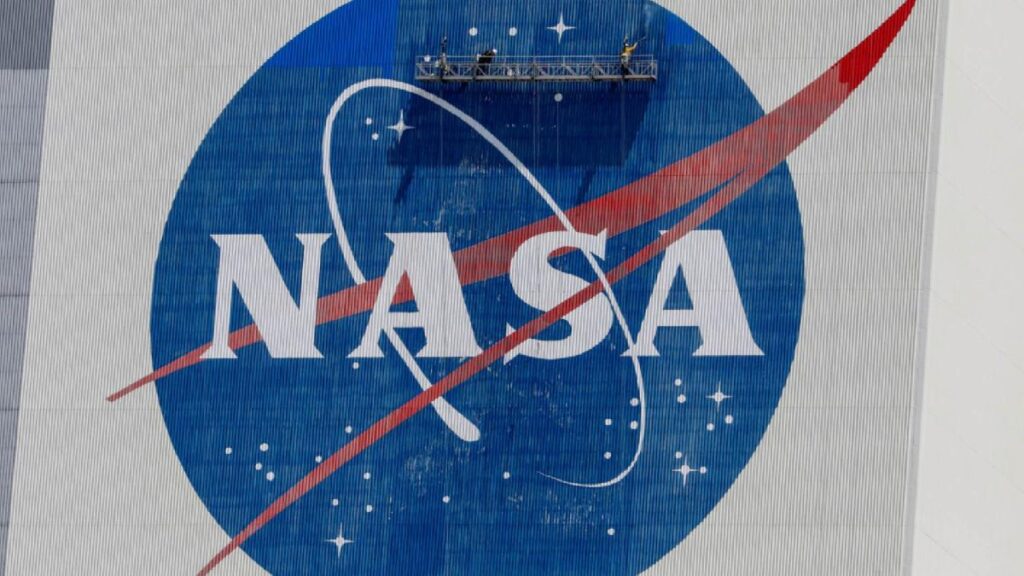Background and Relevance of the NASA Initiative
The National Aeronautics and Space Administration (NASA) has announced its intention to install a nuclear reactor on the Moon within this decade, as reported by AFP. This move comes amidst a fierce space race between the United States, Russia, and China.
NASA’s Investment in Nuclear Energy
Since the year 2000, NASA has invested $200 million in developing small-scale nuclear fission power systems. The most recent effort, initiated in 2023, involved three industry study contracts worth $5 million each, focusing on generating 40 kilowatts of energy—enough to continuously power 30 homes for a decade.
Advantages of Nuclear Energy in Space
Unlike solar energy, nuclear fission systems can operate 24/7, which is crucial during long lunar nights or Martian dust storms. Advances in technology have made these systems more compact and lightweight.
NASA’s New Directive
Signed by NASA’s acting administrator, Sean Duffy, who also serves as the Secretary of Transportation, the July 31 memorandum signifies NASA’s shift in prioritizing human space exploration over scientific research.
The directive mandates the appointment of a nuclear energy czar to select two commercial proposals within six months.
Geopolitical Context
China and Russia have announced joint efforts to place a nuclear reactor on the Moon by mid-2030s, potentially declaring an exclusion zone that would hinder the U.S.’s planned Artemis presence.
This NASA initiative comes as the global space race intensifies, particularly between the U.S. and China. Beijing has declared its intention to send humans to the Moon by 2030.
U.S. Space Exploration Priorities
Under President Donald Trump, who took office in January, priorities in space exploration have been inconsistent. He criticized the expensive and delayed Artemis program and hinted at bypassing the Moon to go directly to Mars. However, geopolitical pressures and internal disputes may favor NASA’s lunar projects.
Key Questions and Answers
- What is NASA planning to install on the Moon? NASA intends to install a nuclear reactor capable of producing at least 100 kilowatts of electricity, sufficient to power around 75 U.S. households.
- Why is NASA prioritizing this initiative? This move aims to ensure a reliable energy source for future human missions on the Moon and Mars, as nuclear fission systems can operate continuously, unlike solar energy.
- What is the geopolitical context of this initiative? The U.S., Russia, and China are in a fierce space race. China and Russia have announced plans to place a nuclear reactor on the Moon, potentially hindering U.S. presence.
- How does this initiative align with Trump’s space exploration priorities? While Trump has criticized the Artemis program and suggested skipping the Moon for a direct trip to Mars, geopolitical pressures may support NASA’s lunar projects.






